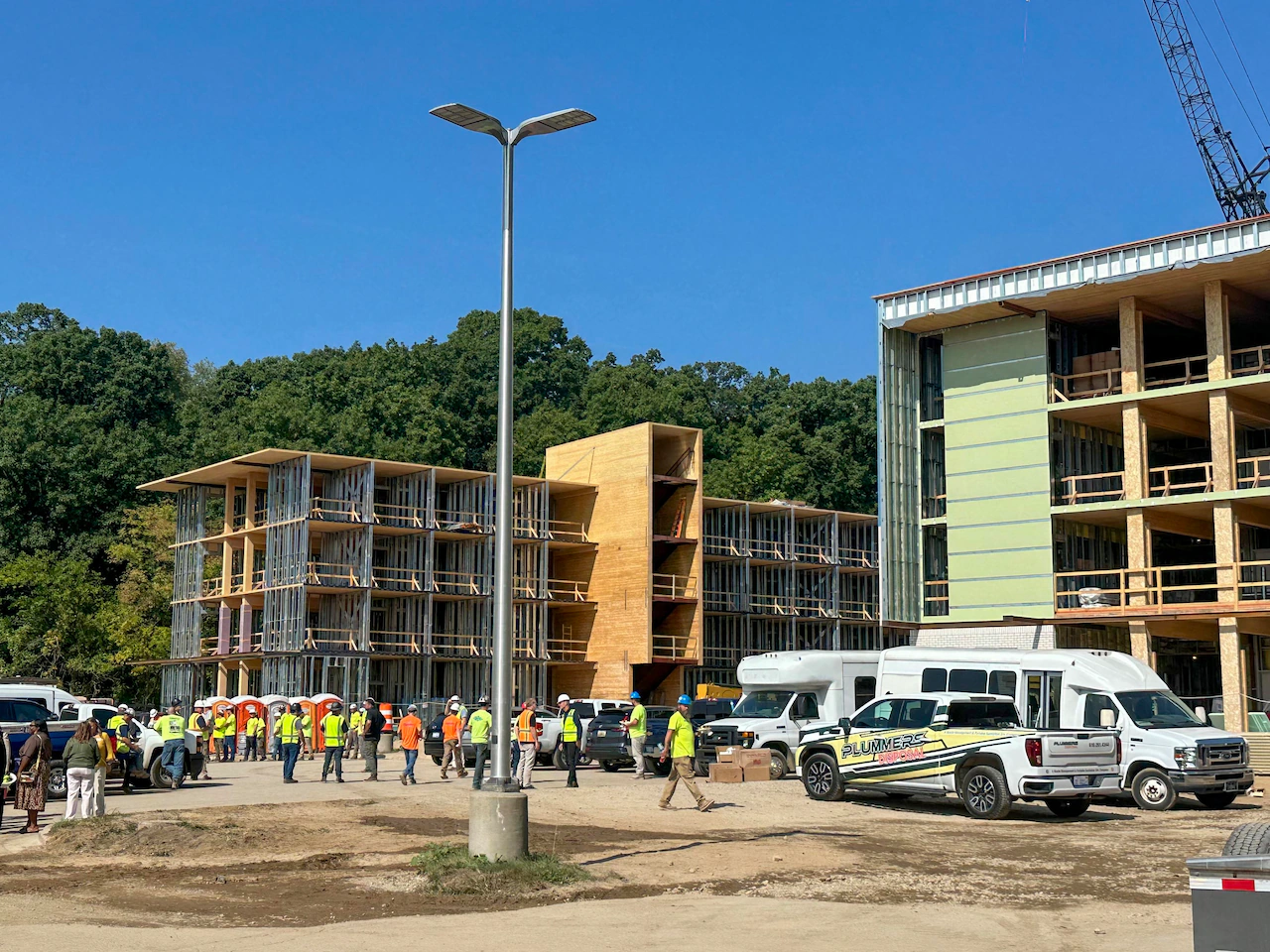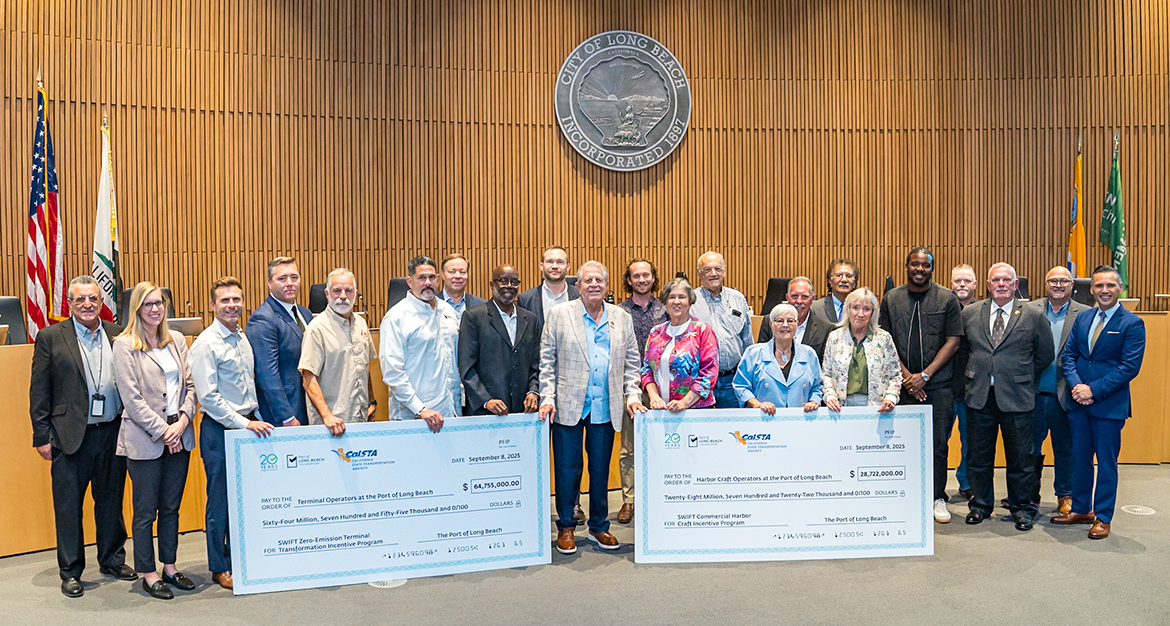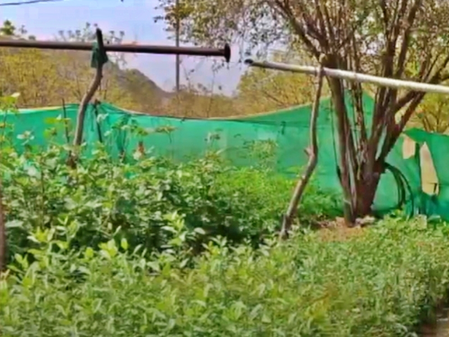
KALAMAZOO, MI — Western Michigan University is taking a new approach to construction with the Golden Oaks residence hall.
The building uses mass timber as the primary building material instead of steel or concrete. When completed, the residence hall will be one of the largest mass timber buildings in Michigan at 270,000 square feet, a WMU representative said.
“Seeing the concept pictures of it as a lot of open wood, it makes it feel a lot more home-like than just a building,” said Luke Kritzman, president of the Western Student Association.
The dorm is on track to open in fall 2026 with a building cost of $110 million. A celebration to place a beam on the building, signed by students, was held on Thursday, Sept. 16.
Currently, Michigan State University’s STEM Teaching and Learning Facility is the largest mass timber structure in Michigan at 117,000 square feet.
Southtown, a mixed-use development under construction in downtown Ann Arbor, is another mass timber structure under construction. At roughly 242,500-square-feet, Southtown is about 30,000-square-feet smaller than the Golden Oaks residence hall.
Golden Oaks will house first-year students and will have over 1,000 beds in a variety of dorm room styles.
Because of the mass timber approach, the construction timeline has been faster than it would have been with a steel or concrete building, said Adam Lampe, senior project superintendent with The Christman Company.
A representative from The Christman Company couldn’t be reached for additional questions after the event.
Construction crews began excavating the site and laying foundations in November 2024. Vertical construction of the building began in April.
“A traditional steel and concrete building, we might be through the first floor, maybe the second floor (by now),” Lampe said.
A residence hall constructed of mass timber also reduces the carbon footprint of a traditional steel and concrete residence hall by three times, according to WMU News.
The university took a mass timber approach with the design to reflect the natural elements of the surrounding Goldsworth Valley.
Behind the dorm is a heavily wooded area, separating Golden Oaks from the nearby Valley 1 and Valley 2 residence halls. Down the hill is Goldsworth Valley Pond.
The mass timber used for Golden Oaks was harvested from a forest in Arkansas and delivered to WMU in June. The timber will be used to construct columns, beams, walls and ceilings in the building. The walls and ceilings are made of premanufactured, multilayered wood panels.
Golden Oaks will be replacing the Harrison/Stinson and Eldridge/Fox residence halls, commonly referred to as “Valley 3,” which were torn down in summer 2024. The now demolished residence halls were constructed in 1965.
Kritzman said he spent his freshman year at WMU living in the nearby Valley 2 residence hall.
“The white cinder block walls just didn’t really give that kind of home that this building will feel like,” Kritzman said.
WMU President Russ Kavalhuna, who lived in Valley 1 when he was a student at WMU, said the university is trying to “attract students who want a living experience that is both enjoyable (and) sustainable.”
“Our students want to see that we’re good, conscious observers of our environment, but also our sustainability, and that is what this building is going to do for decades,” Kavalhuna said.
Want more Kalamazoo-area news? Bookmark MLive’s local Kalamazoo news page.



